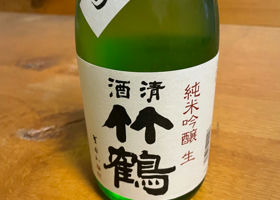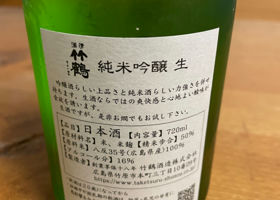

やす
I was curious to buy it because it was one of the most popular brands of heated sake, and its first shibori-nama-shu seemed very rare.
At the entrance, the aroma was of soft cream, with a hint of subdued but elegant acidity, reminding us that "ginjo" has this kind of expression as well. At the back of it, there is a hint of sweetness from the rice, like cotton candy.
In the mouth, the soft acidity felt in the Kamitatekko leads the way, and a fresh but firm core of umami spreads across the palate. The finish is so gentle that you do not feel the timing of the finish. This is delicious.
I like to drink trendy sakes that are "sweet and beautiful" or "sweet, delicious, and easy to drink," but when I taste a classic, high quality sake like this, I feel very relieved.
This sake makes me think once again that we cannot draw such a fine line between "dry" and "sweet" in front of a certain sake.
I always think that sake that makes me think, "It will definitely taste good even when heated" is trustworthy, and even more so when it's a nama-shu. I think this is a sake that can definitely be heated up as well.
Japanese>English